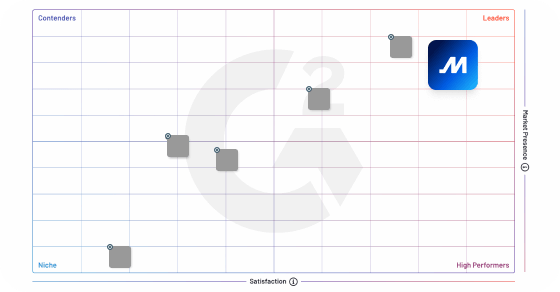The adverse driving condition exception is a term that pertains to the trucking industry and describes a situation where a driver may exceed the maximum driving hours allowed by the Federal Motor Carrier Safety Administration (FMCSA) regulations due to unforeseen circumstances that make driving conditions hazardous or dangerous. The purpose of this exception is to allow truck drivers to continue to drive when faced with adverse weather conditions, unexpected traffic delays, or other unforeseen events that may affect their ability to deliver goods on time.
Under normal circumstances, the FMCSA regulations state that truck drivers are only allowed to drive for a certain number of hours per day and per week. These regulations are designed to prevent accidents caused by driver fatigue, among other things. However, if a driver encounters an adverse driving condition, they may use this exception to extend their driving time, providing they can do so safely.
To qualify for the adverse driving condition exception, a driver must be able to prove that they were faced with conditions that were beyond their control and could not have been foreseen or anticipated. The adverse condition must also make it unsafe for the driver to continue driving or prevent them from reaching their destination safely. Furthermore, the driver must take into account the safety of other drivers on the road and ensure that their actions do not pose a risk to others.
Frequently Asked Questions
Which of the following would qualify as an adverse driving condition exception?
An adverse driving condition exception refers to a provision under the United States Federal Motor Carrier Safety Administration (FMCSA) regulations that allows drivers to extend their maximum driving and on-duty time in certain situations. Examples of conditions that may qualify as adverse driving conditions include unexpected traffic congestion, inclement weather, accidents, or road closures. These conditions can affect the driver’s ability to complete their route within the standard time limits, warranting the use of the exception.
What defines adverse driving?
Adverse driving refers to hazardous driving conditions that make it difficult to operate a vehicle safely. This can include weather conditions such as heavy rain, snow, or ice, as well as poor visibility due to fog or smog. Adverse driving can also refer to driving in areas with tight curves, steep inclines or declines, or narrow roads. Drivers should adjust their speed and driving behavior accordingly to ensure their safety and the safety of others on the road.



